They are a set of figures representing especially animals (a spider, a monkey, a hummingbird, a condor…), straight lines and geometric forms such as broken lines or trapezes. The animal representations can reach up to 100 meters, and the straight lines can reach up to 6 miles long.
All these lines have been traced on a flat and arid surface which stretches out over hundreds of square miles, by stripping the superficial layer of oxidized rocks, which makes them seem light-colored by comparison. The theory is that they were drawn during the first millennium. The absence of rain in the desert has allowed their preservation for over a thousand years.
These geoglyphs were certainly drawn for ritual purposes, but little is known about the individual meaning of each one, and its function within the Nasca civilization. There are many theories, from the serious to the ridiculous, which attempt to explain the Nasca lines, but this of course only makes them come across as even more mysterious…
Two specific figures (the hand and the tree) can be observed from a 15-meter high tower around 15 miles away from Nasca. Near there, there is also a hill which offers views across several miles of the lines. The best way to see the lines, however, is of course from the air. The flights over the lines leave from the Nasca airdrome, last half an hour and cost around 100 USD.
In the Chauchilla cemetery, 20 miles south of Nasca, you will be able to see mummies over 1000 years old, preserved by the dryness of the underground, as well as the offerings which they were buried with.
The Cantalloc aqueducts show the underground irrigation canals, which allowed the Nasca civilization to survive and develop in the desert.
The Antonini museum documents the archeological heritage of the Nasca region, as well as the Maria Reiche museum, 18 miles away on the road to Lima, which is dedicated to the German mathematician who dedicated her life to studying the conservation of the Nasca lines.
Finally, Nasca also offers some adventure excursions. One of them is a full-day buggy excursion through the desert, which stops by Cahuachi, followed by the enormous Usaca dunes, and then reaches the Pacific Ocean in the San Fernando bay, which is home to a population of sea lions. This excursion is completely off the beaten path.
Another expedition worth mentioning is the one offering sandboarding through the Cerro Blanco, a half-mile high sand dune, near Nasca, which locals proudly call “the highest in the world”.
Discover Nasca in pictures:
More information
- Altitude: 1,700 feet.
- Climate: Dry and sunny all year round.
Maximum daytime temperature (monthly average):
- Summer (December to March): 27ºC / 80ºF
- Winter (June to September): 19ºC / 66ºF
Minimum nighttime temperature: (monthly average):
- Summer (December to March): 19ºC / 66ºF
- Winter (June to September): 13ºC / 55ºF
- Nasca doesn’t have a commercial airport. All connexions are by road only.
By road:
- from Paracas: by bus or private vehicle: 3 hours
- from Ica: by bus or private vehicle, 2 hours.
- from Lima: by bus or private vehicle, 6-7 hours.
- from Arequipa: by bus or private vehicle, 10 hours
- from Cusco: by overnight bus or private vehicle, 13 hours
- Don Agucho, 2*
- Casa Andina Classic, 3* standard
- Nuevo Cantalloc, 3* supérieur



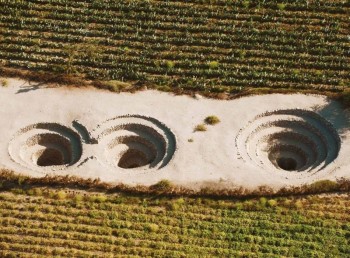
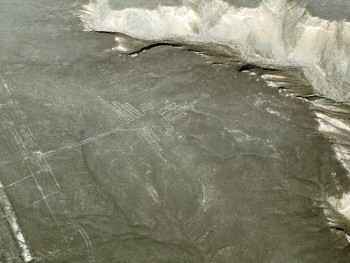
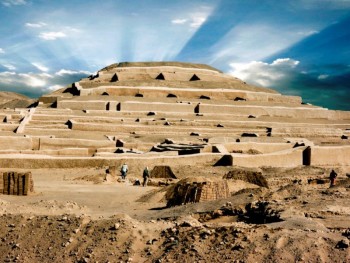
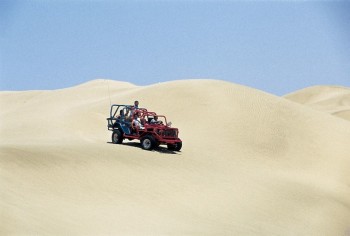
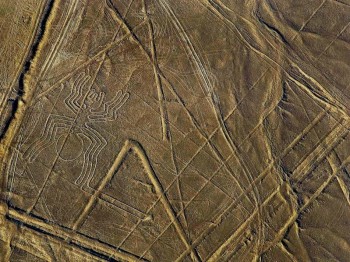
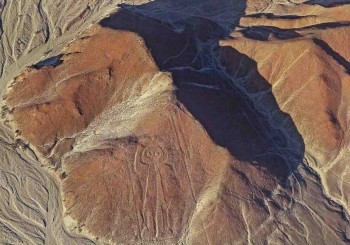
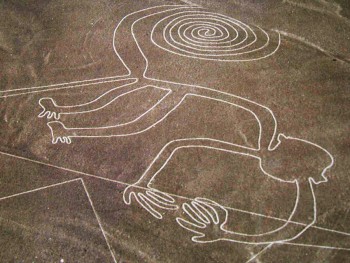
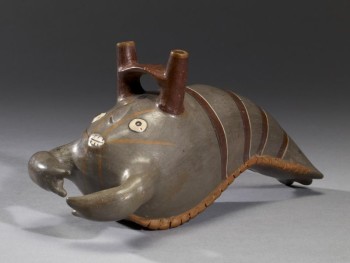
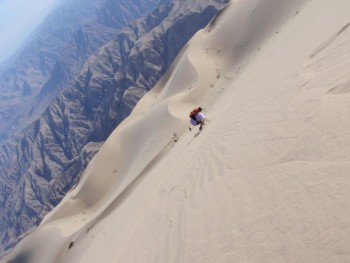
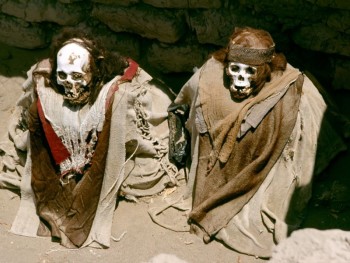
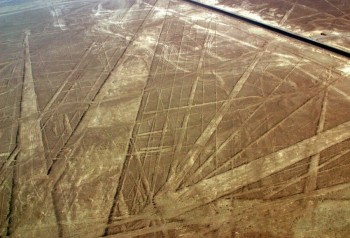
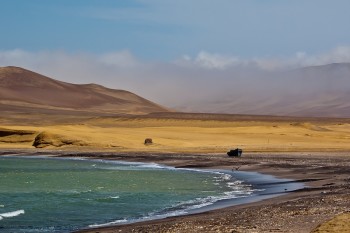
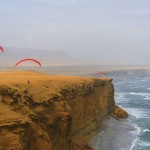
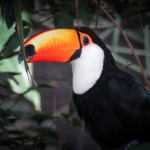
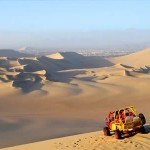

Follow us!